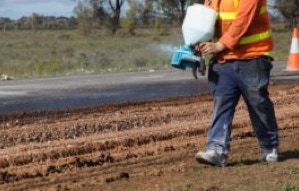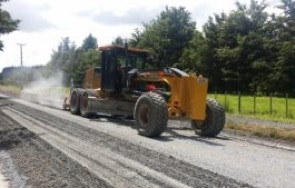Sustainability benefits of road stabilisation

Environmental sustainability –By stabilising the in-situ road materials instead of traditional re-sheeting, councils and road makers can achieve a significant range of environmental benefits.
A recent life-cycle based assessment comparing a project using PolyCom and a project using conventional methods of re-sheeting revealed close to 90% reduction in greenhouse gas emissions and an 80% reduction in water usage.

Financial sustainability –Roads treated with PolyCom are stronger, more water resistant, and last longer than untreated roads. In fact, councils using PolyCom report a reduction in maintenance requirements of up to a factor of six. The need for costly quarry materials is reduced, and even eliminated in some cases.
A comparative cost study between the cost of maintaining and re-sheeting unsealed roads using traditional methods compared to PolyCom demonstrates road maintenance savings of over 70% per year. This means asset management savings can be redirected into other critical infrastructure projects.

Social sustainability – The tightly bound nature of PolyCom treated unsealed roads makes them significantly more resistant to water damage and traffic wear. Reduced maintenance requirements means less road work disruptions. A stronger running surface means less potholes – and less ratepayer complaints.
PolyCom Stabilising Aid is OHS compliant, safe to work with and easy to apply.
You can read more on the sustainable benefits of PolyCom Stabilising Aid below:

The following articles are available on the Institute of Public Works Engineering Australasia:
- 4 Ways you can improve your unsealed road maintenance
Written by the Director of Sustainability Consultancy Factor Ten Stephanie Camarena

Written by the Director of Sustainability Consultancy Factor Ten Stephanie Camarena
– Characteristics of pavement materials treated with Polyacrylamide based additive
Written by Romel Georgees, Swinburne University of Technology

